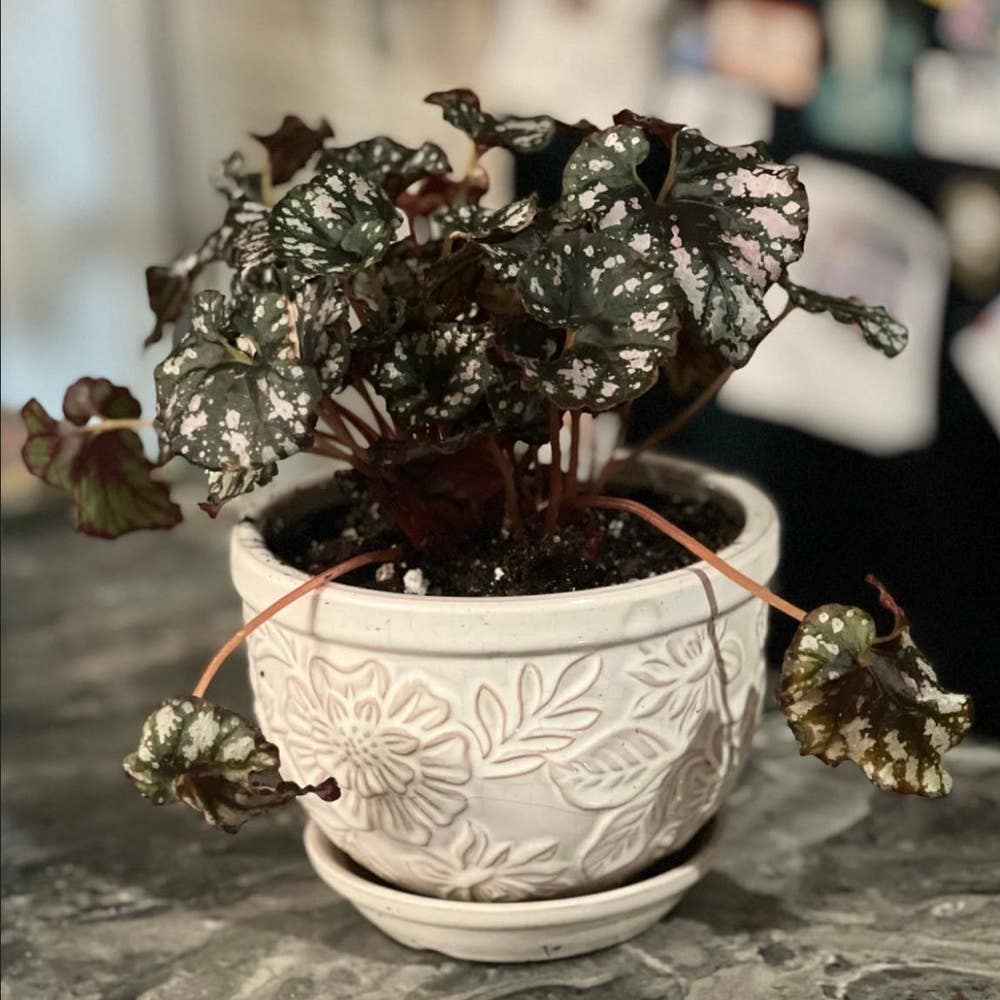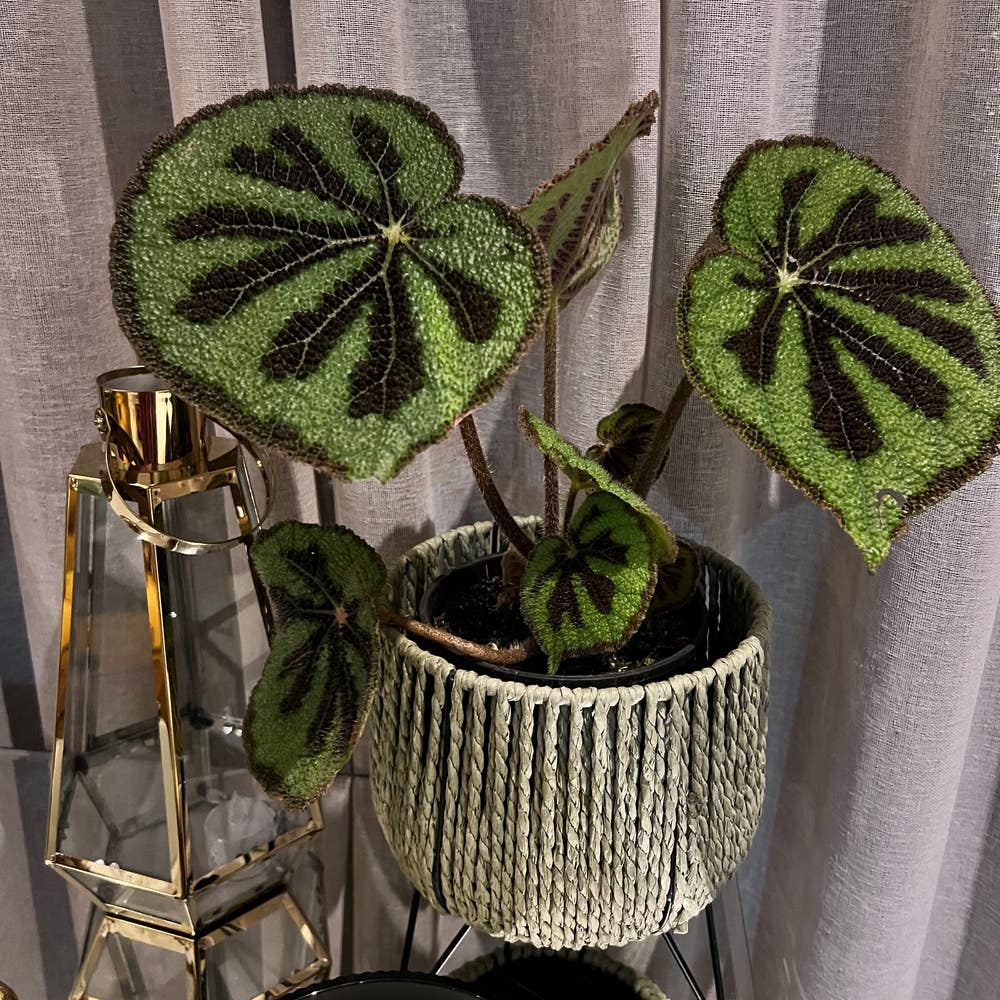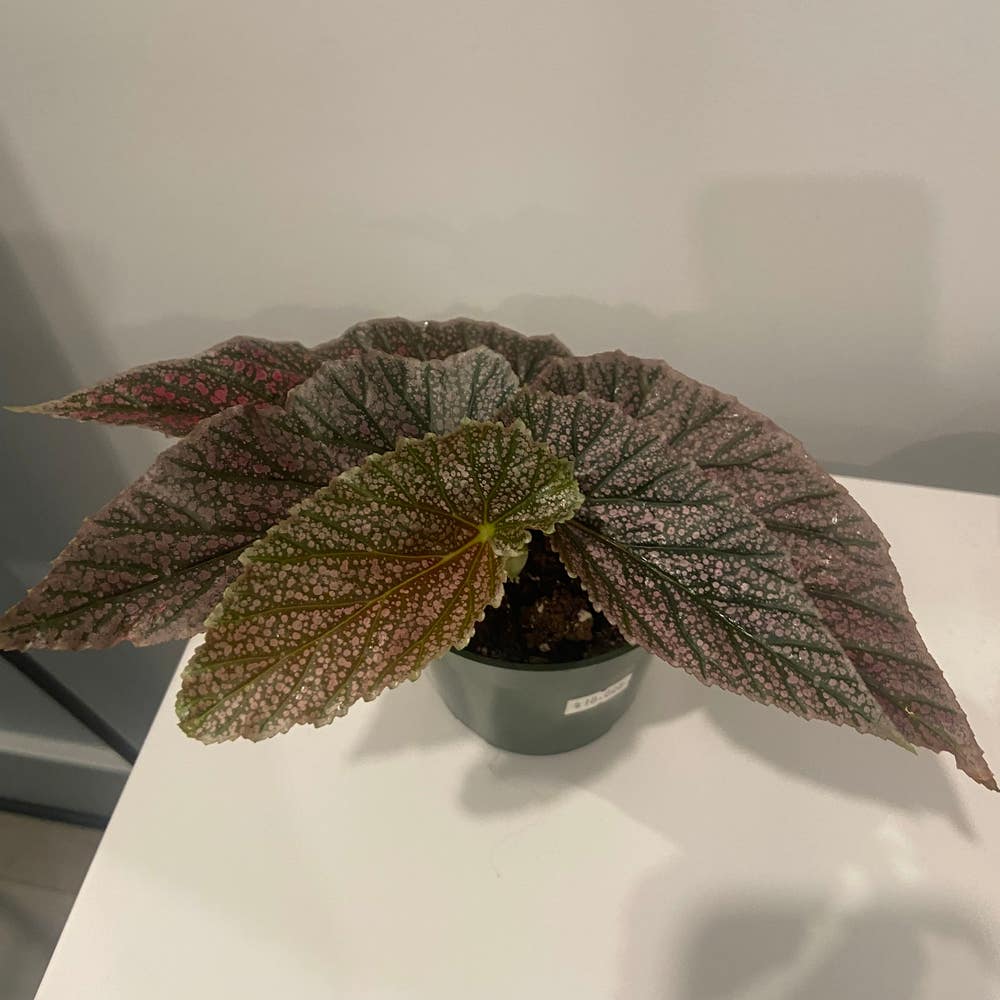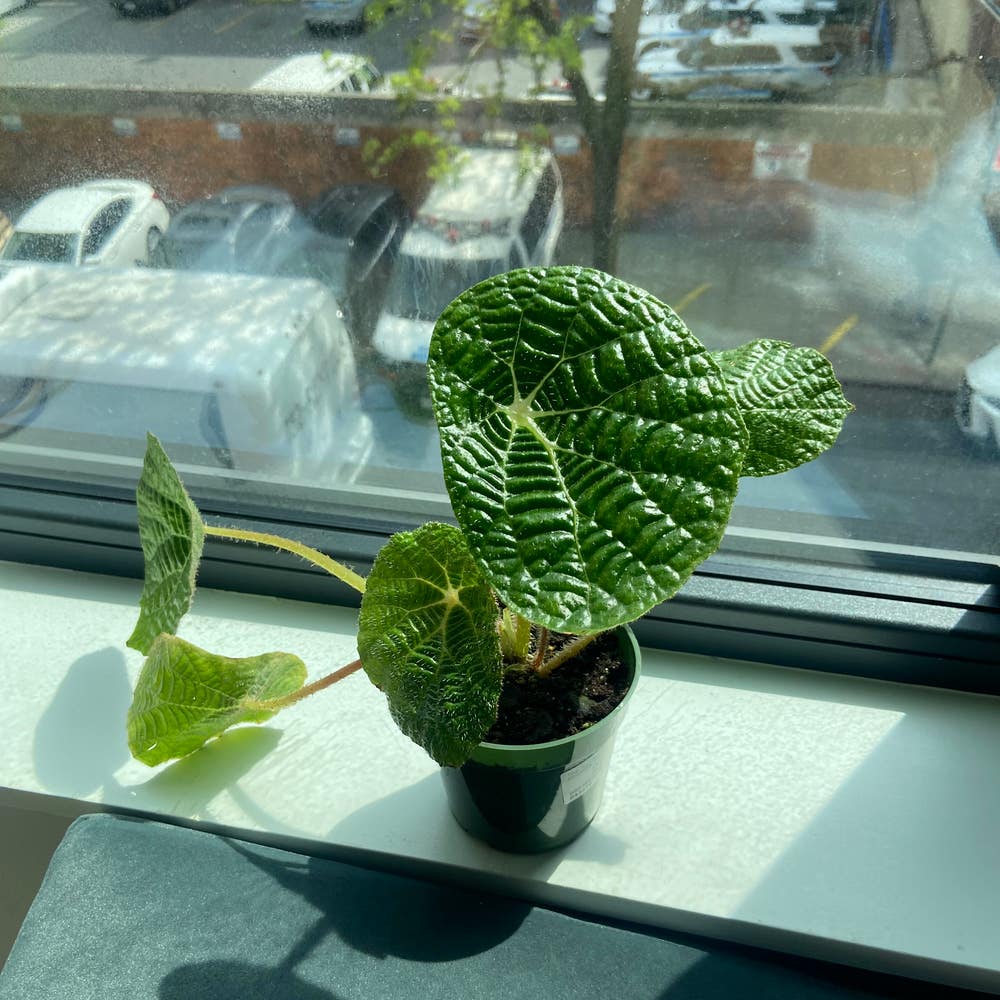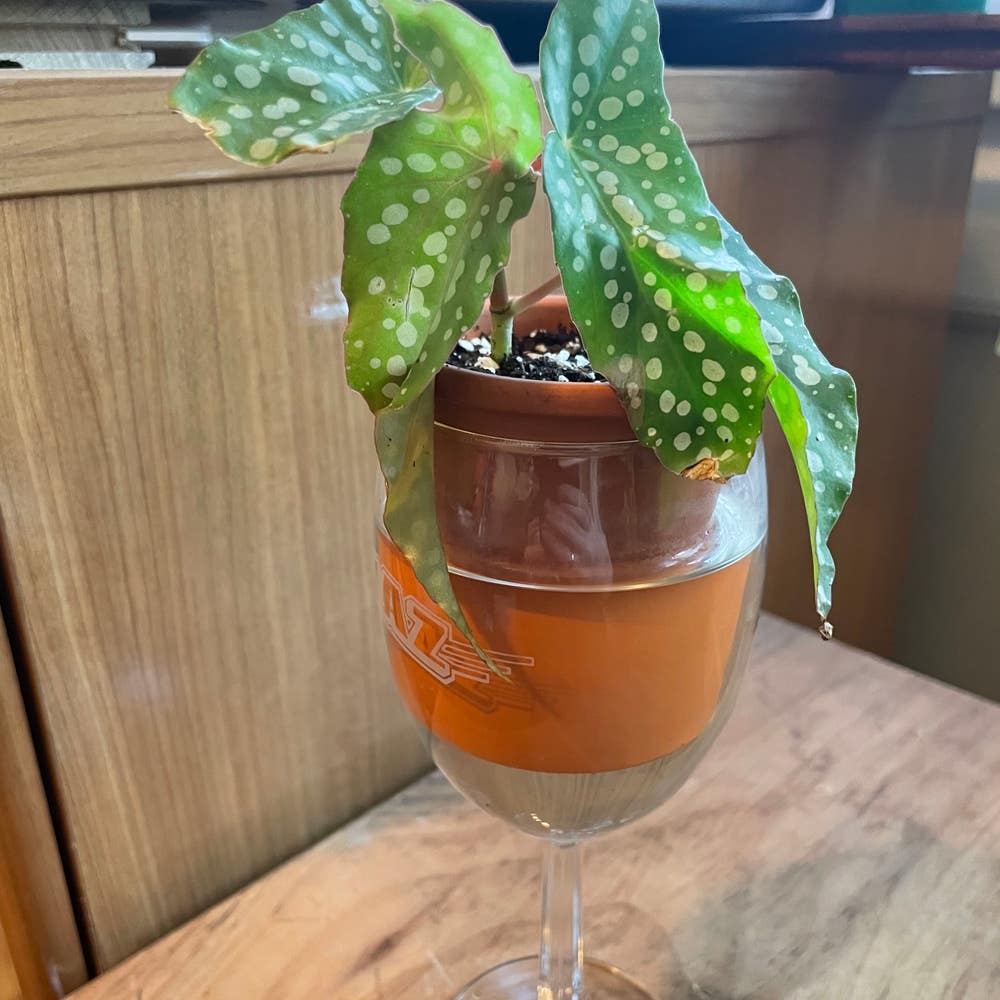
Begonia palmata
About Begonia palmata
There are over 2,000 species of Begonia, and horticulturalists have created even more varities by cultivating all sorts of shapes and colors! They're native to tropical regions around the world, but are now found in homes in cold climates as well. Their taxonomy is far more complex than other plants, with species belonging to different cultivar groups. They contain oxalic acid, so be sure to keep them out of reach in homes with pets or children! ⚠️
Taxonomy

Begonia palmata
Begonia
Begoniaceae
Cucurbitales
Also known as
Begonia crassisetulosa, Begonia edulis henryi, Begonia laciniata, Begonia laciniata bowringiana, Begonia laciniata crassisetulosa, Begonia laciniata khasiana, Begonia laciniata laevifolia, Begonia laciniata nepalensis, Begonia laciniata principalis, Begonia laciniata tuberculosa, Begonia palmata palmata, Begonia palmata principalis, Begonia principalis, Begonia roylei and Doratometra bowringiana

How to care for Begonia palmata
How often to water your Begonia palmata

every 9
Begonia palmata needs 0.5 cups of water every 9 when it doesn’t get direct sunlight and is potted in a 5" pot.
Use our water calculator to personalize watering recommendations to your environment or download Greg for more advanced recommendations for all of your plants.
Water 0.5 cups every
9
Finding light for None in your home
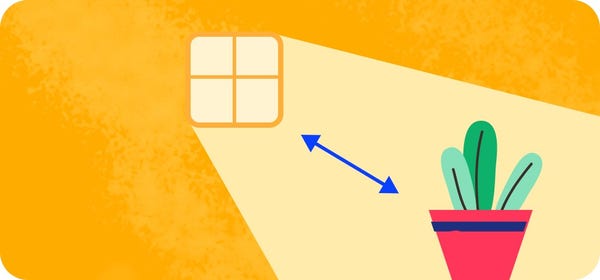
a window
Begonia palmata may have difficulty thriving, and will drop leaves 🍃, without ample sunlight.
Place it less than 3 feet from a south-facing window to maximize the potential for growth.
Select your region to see how the current weather in your area affects the placement of Begonia palmata in your home 🏡.
How to fertilize Begonia palmata
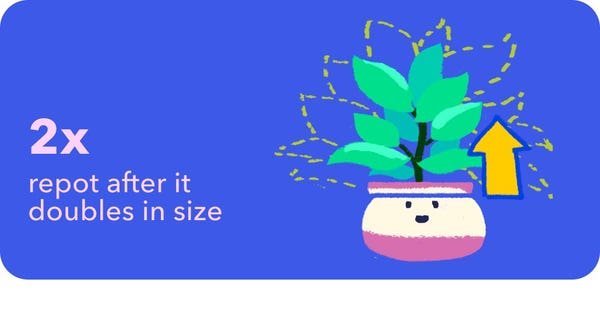
Most potting soils come with ample nutrients which plants use to produce new growth.
By the time your plant has depleted the nutrients in its soil it’s likely grown enough to need a larger pot anyway.
To replenish this plant's nutrients, repot your Begonia palmata after it doubles in size or once a year—whichever comes first.
-
How do I deadhead this plant? #Begonia
-
Hi friends! I just wanted to share this: my Rex begonia on March 13, the day I potted her, and again on April 23. She is growing like crazy! I credit the #WetheWild Grow concentrate and the cheap yet awesome plant lights I got recently! She’s so healthy and vibrant! By the way, I have no idea what cultivar this is, so if anyone knows, please tell me! The label only said “Rex Begonia.” 🪴💚🤗 #HappyPlants #PlantsMakePeopleHappy #PlantAddict #NewGrowth #Begonia #BegoBunch #RexBegonia #PlantID #PLANTMAFIA #PlantTherapy #PlantsSavedMyMentalHealth #babevila
-
This plant just won’t thrive My #Begonia ferox is giving me nothing but grief. It’s a mail order plant. I kept it in my bathroom (~65% humidity, grow light) for several weeks. It lost two leaves, and one of its large leaves slowly but steadily started crisping black. On Tuesday, I planted it in a terrarium. It’s always been my hope to make it the centerpiece for a small gecko home. In the two days since, however, leaves have started to droop. I think it will lose the smallest leaf. It’s planted in a mix of potting soil, coco coir, and bioactive terrarium mix made for tropical plants and reptiles. It has a drainage layer and a good grow light. Does it just need time to acclimate? Unfortunately, I had to unroot it a couple of times to find its best spot in the terrarium.
-
Yellow leaves and new growth? #Begonia My angel wing begonia has yellow leaves on the bottom of its stalks (some have brown/dead tips) but is consistently putting out new growth. Is this an underwater issue, or something else? #AngelWingBegonia
-
How gorgeous is Muhammed Ali?! 😍 #HappyPlants #PlantsMakePeopleHappy
-
#NewPlants #PlantAddict #HappyPlants #PlantsMakePeopleHappy #Aglaonema #Begonia Expanding the family lol Meet Veronica and Athena. Lady Valentine Aglaonema and an Angel Wing Begonia “Miss Mummy”… Athena was inspiration from @JesssJungle Polka Dot Begonia… can’t wait to find one Jess!
-
What are these bugs? Help! In the soil of my polka dot begonia, I have found a lot of dead (and a few living!) bugs. They look like tiny white worms with lots of little legs. Does anybody know what they are? Solutions? Should I quarantine my plant away from the others? Any help is much appreciated!❤️
-
Miles Morales… the friendly neighborhood Spiderweb Begonia #HappyPlants #PlantsMakePeopleHappy #PlantAddict #Begonia #BegoniaBunch
-
How to get my polka dot begonia to bloom? This beauty was my birthday gift from my nana. She has been trying to get it to bloom for quite some time with no success but I would really love to be able to bloom. So what tips, tricks or suggestions do all you wonderful plant lovers and experts have? #PolkaDotBegonia
-
Angel Wing Begonia Repot I repotted my tiny baby angel wing begonia a couple days ago. I got it as a cutting in a miniature wine glass with leca and pebbles. It finally grew a new leaf and the roots looked feisty so I decided to upgrade to a year cotta pot with no hole set in a normal size wine glass filled with water. It was very root bound with all the leca. I could barely get it out! In theory with the new pot, the water will slowly seep through the terracotta at the right speed for my plant. We shall see! #AngelWingBegonia #Begonia #BegoniaBrigade #BegoniaBunch #selfwateringplanter #wineglassplanter #HappyPlants
Care Summary for Begonia palmata
Begonia palmata
 Greg recommends:
Greg recommends:
 Water
Water
0.5 cups every 9 days
 Placement
Placement
< 3ft from a window
 Nutrients
Nutrients
Repot after 2x growth
Based on the 4” pot your plant is in, and that it doesn’t get direct sunlight.

 Trending in your area
Trending in your area
 Similar to Begonia palmata
Similar to Begonia palmata
✨ Discover rare plants

Hoya fitchii

Astroloba congesta

Anastasia Weeping Fig

Philodendron 'Gabby'

Stanhopea tigrina

Electric Fern

Black Monkey Thorn Tr…

Scindapsus pictus 'Si…

Royal Flush Split Rock

Begonia hydrocotylifo…

Crassula 'Purple Drag…

Raphionacme flanaganii

Fernleaf Lavendar

Joan Daniel Echeveria

Marquise de Sevigne

Fagraea ceilanica

Cereus peruvianus 'Pa…

